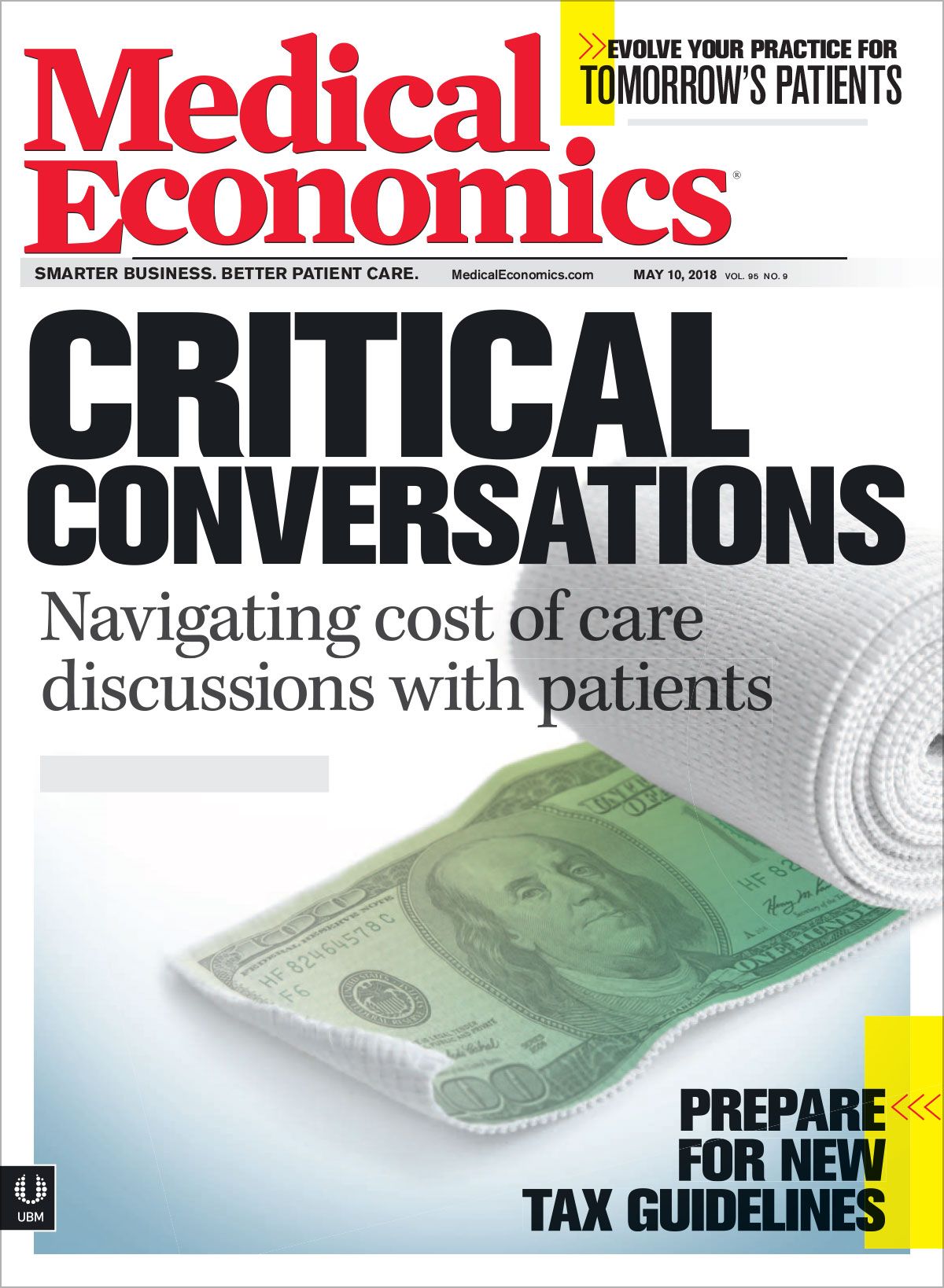Article
Preparing your practice for tomorrow’s patients
Author(s):
A new generation of primary care patients, thoroughly digital and used to getting things on its own terms, is on the horizon and promises to bring with it significant changes for practices and clinicians.
This article appears in the 5/10/18 issue of Medical Economics

A new generation of primary care patients, thoroughly digital and used to getting things on its own terms, is on the horizon and promises to bring with it significant changes for practices and clinicians.
Generation Z, generally regarded as those born from 1995 to 2012, is the first truly digital generation, a group that has never known a world without the internet and whose phones have always been smart. Their digital fluency may well change how healthcare is delivered and consumed in the coming decades.
While medicine is becoming more digitized in many aspects, it can’t happen quickly enough for Gen Z. Though most members now probably are still seeing pediatricians or their parents’ doctor, they will soon be choosing their own physicians and they will have definite preferences. And at roughly 80 million strong, the largest generation alive, Gen Z is too big to ignore for physicians who plan on being in business past the next 10 years.
Of course, it’s easy to overgeneralize when assigning characteristics to an entire generation, but research indicates Gen Z will be different than those that came before it, even the millennials, which they most closely resemble.
Digital everything
Raised on Uber, Netflix, and Amazon Prime, Gen Z will expect its healthcare delivery to be just as immediate and convenient, says Travis Schneider, founder of PatientPop Inc., which offers marketing services to independent practices.
“These patients really have moved to a new reality. They want everything online and they’re not going to accept any other way,” Schneider says. “It’s not a nice-to-have anymore; it’s absolutely critical.”
Gen Z patients will want to do everything digitally, he says: research physicians, make and confirm appointments, provide insurance information, receive information and test results, and ask follow-up questions. And they will expect it all to be seamlessly integrated and done on their smartphones.
“The last thing a Gen Z patient wants to do is play phone tag with a receptionist,” Schneider says.
Jonah Stillman is 18. He and his father, David, form the consulting firm Gen Z Guru and are co-authors of the book “GenZ@Work.” Efficiency and ease of interaction will be key to attracting Gen Z patients, Jonah says: “Efficiency is king in this day and age. Gen Z is going to be interested in finding ways to make everything more efficient and streamlined, including healthcare delivery.”
“We honestly don’t see the difference between an online appointment and an in-person visit. They’re the same,” he says, adding that “doc in a box” clinics in retailers and telehealth services are regarded by Gen Z as acceptable ways to access primary healthcare.
Practices should begin now to prepare for Gen Z, even if their arrival in significant numbers is years down the road, says David Gans, MSHA, FACMPE, senior fellow for industry affairs at Medical Group Management Association (MGMA).
“If you are a medical practice, you should be looking to design your practice more for Gen Z and millennials rather than the Gen X and baby boomers that make up the majority of your patients,” he says. “As they come into mainstream healthcare, wise organizations will learn to accommodate their different personality.”
That can mean offering digital features and conveniences, such as high-speed Wi-Fi and online scheduling that millennials and Gen Z want while still preserving the traditional ways of doing business that Gen X and baby boomers are more familiar with, Gans says. Because their smaller size allows them to change policies more easily, independent practices will be able to adjust more quickly than large multi-specialty groups and healthcare systems, he says.
Doctor shopping
Gen Z is going to comparison shop for its healthcare and prioritize patient reviews when deciding whom to see. “They view (healthcare) as a transaction and they don’t do any transactions without getting peer reviews and shopping online,” says Es Nash, MD, a population health expert at Deloitte Consulting.
That means physicians and practices must continue to carefully monitor and manage their online reputations on sites like Healthgrades, Vitals, RateMDs, and even Yelp. An inviting website and engaging social media presence also are important, Nash says.
PatientPop’s Schneider says a good site should be mobile-friendly, attractive, easy to navigate, easily found through search engines and integrated with common physician review sites.
PatientPop client Payal Bhandari, MD, a primary care physician in San Francisco, works with the firm to regularly tweak her website design and content to attract patients. She uses a second vendor to manage her blog and social media.
“I have to meet patients where they are,” she says. “If you’d told me 13 years ago that I’d have to pay this much attention to satisfying patients’ expectations, I wouldn’t have believed you, but that’s the new reality.”





